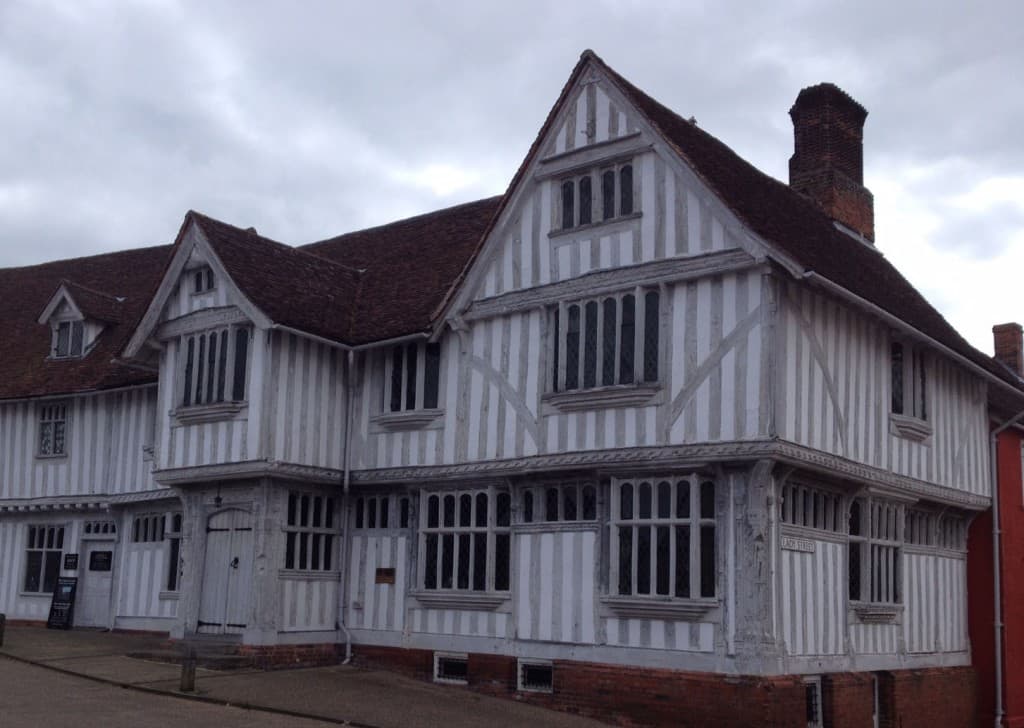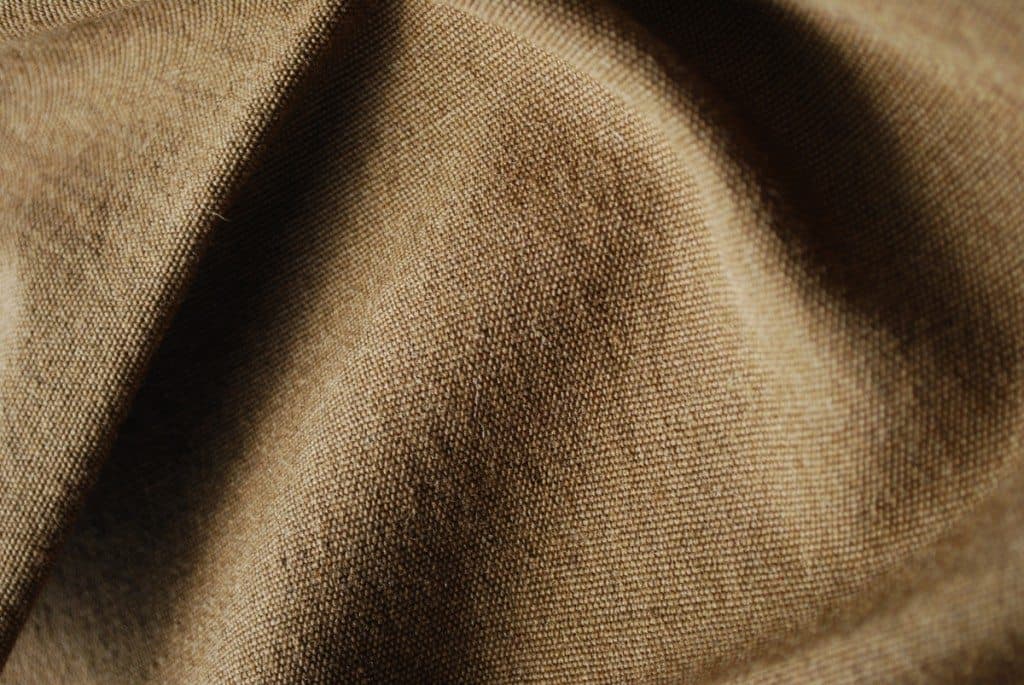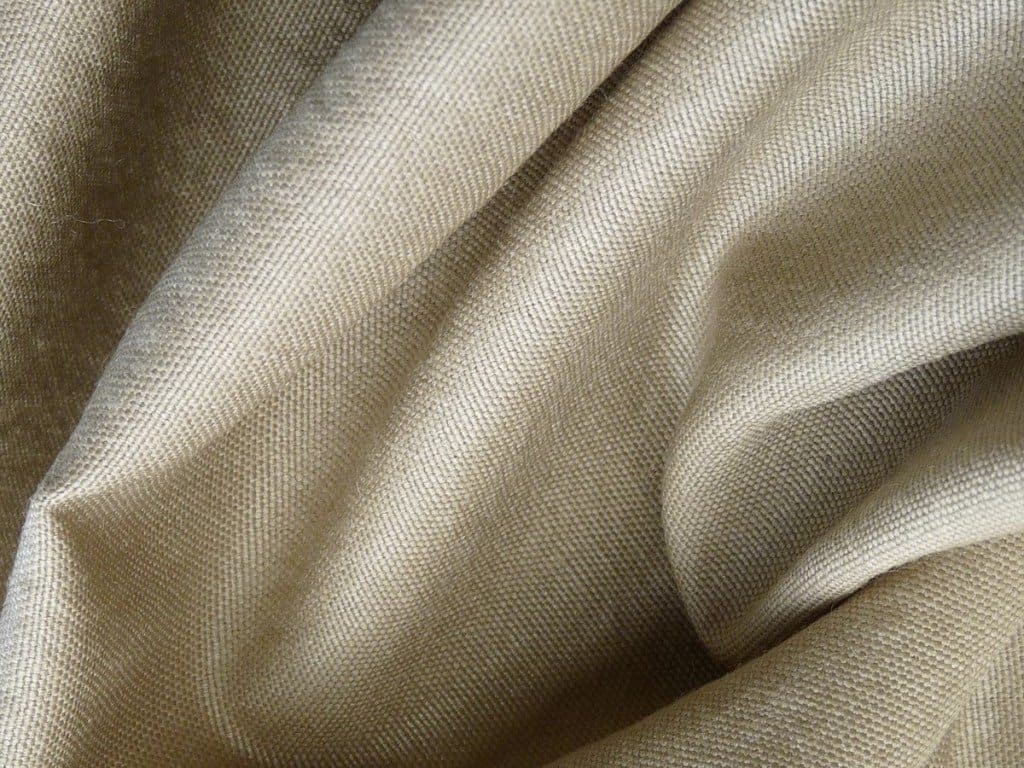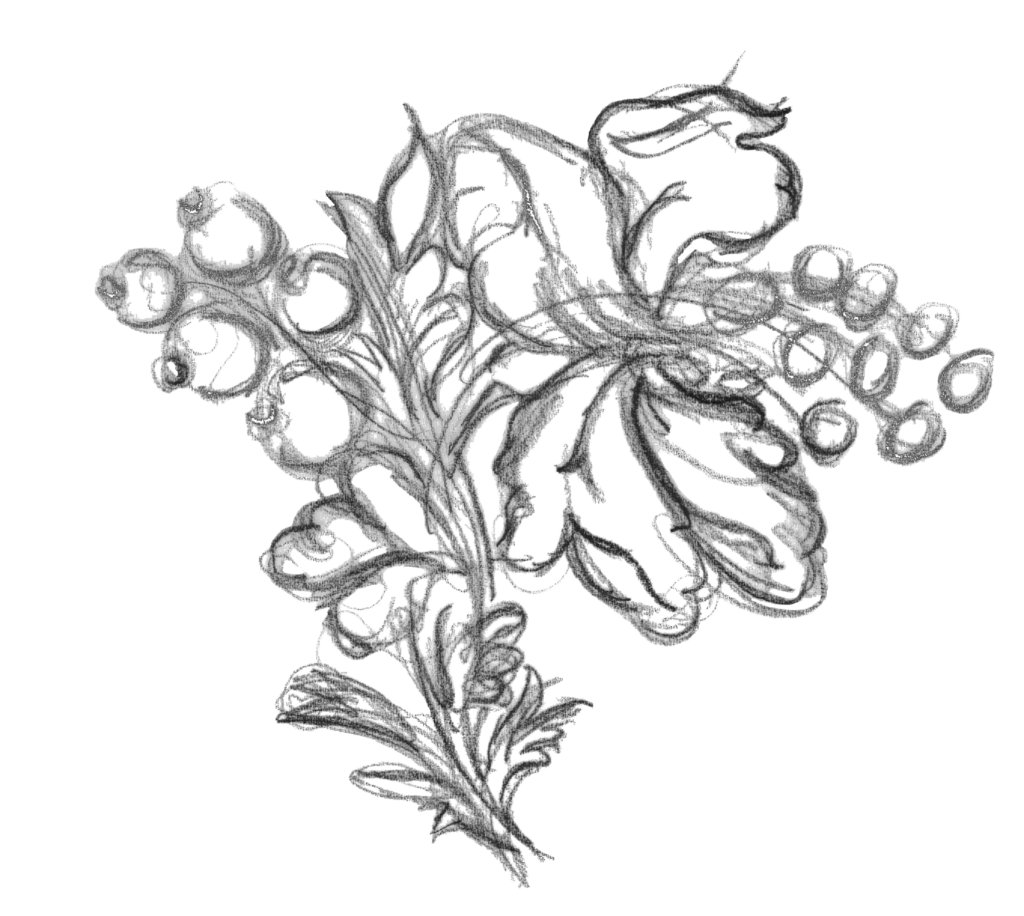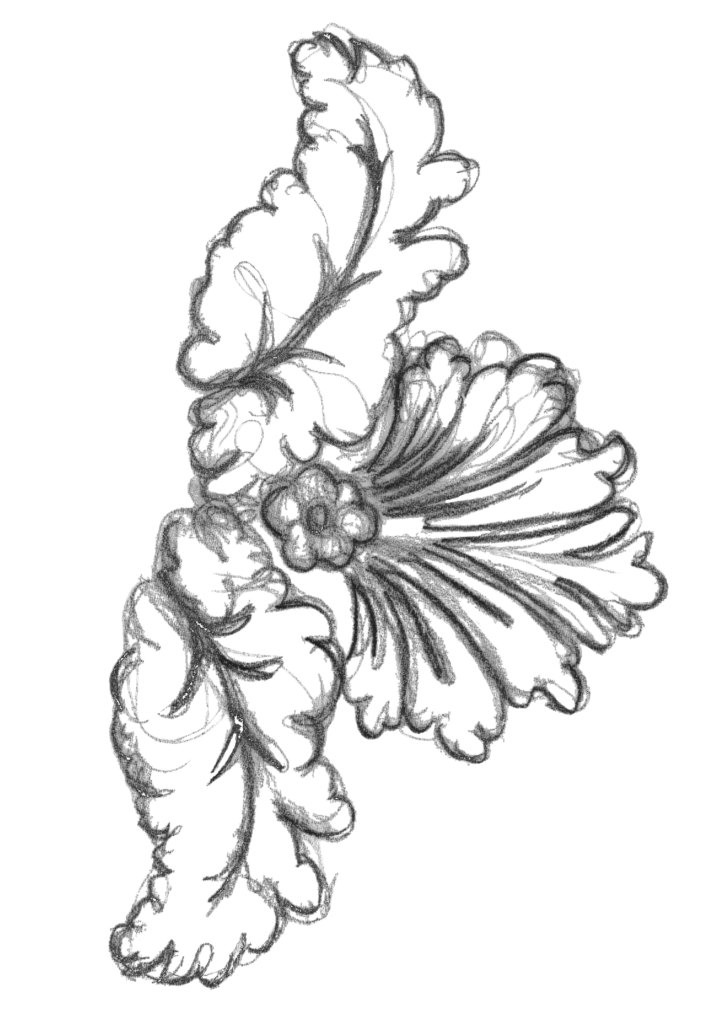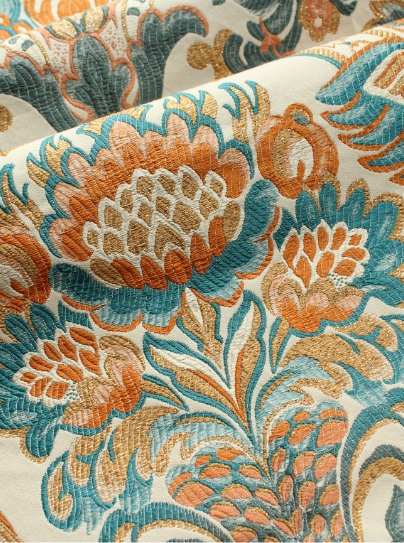At Humphries Weaving we are surrounded by historical fabrics on a daily basis. This originated from the wool weaving, spinning, dyeing and finishing trade in East Anglia, which was the financial backbone of the region until the middle to late seventeenth century, leaving an architectural and manufacturing footprint still visible today.
Many local towns and villages on the Essex and Suffolk boarder boast their great cathedral size churches due to the strength of the wool success. Fine examples of these being Lavenham, Long Melford, Sudbury, Clare Braintree and Halstead, who’s architecture uniquely captures the height of medieval success and fashions. However, as the wool trade later diminished property owners did not have the funds to rebuild and remodel their properties to reflect the developing fashions, offering us a rare preservation of this period in our counties history.
Image: Lavenham Guildhall (National Trust), 16th Century timber framed building
During the height of success, before the industrial revolution, most trades were controlled by ancient Guilds and Liveries, the weavers were no exception. The Worshipful Company of Weavers formed in the year of 1133 and by 1155 had been granted their royal charter. The weaving width of cloth was regulated and so were the weavers who made it. Masters would be limited to the numbers of journeymen and apprentices allowed and would pay rent to the livery based on the number of looms they operated. The loom employed at this time was simple with a four shaft harness which would dictate the simplicity of the structures woven.
Locally made cloths often assumed names from the villages they derived from or techniques developed their. Most wool was sheered locally and hand spun in a cottage industry formed by many hundreds of hand spinners who supplied the demand from hand weavers located from London to the city of Norwich. Spinners in the town of Worsted discovered that they could spin finer and tighter yarns by combing the fibers, as well as carding them. Worsted yarn meant weavers could make more refined and stronger cloths in and around the city of Norwich.
Most popular were plain weaves and twills, which gave strength or flexibility in the finished cloth. These were woven with the raw wool with the impurities still in the fibre, which had to be eliminated after weaving in the finishing processes. In order to clean the soils and especially the lanolin from the cloth, it was found that urine was highly successful for this process. This was collected and stored in readiness for the scouring process. The cloths were then stretched on tenter hooks on frames in open fields to dry. Whilst we could dye some colours here, we were as a nation not as developed as others. A brisk trade was developed with Holland and the low-countries where they were able to achieve much more fashionable colours. So whilst our cloth was worthy and in demand the profit was gained elsewhere once dyed and finished.
Image: Plain Wool Repp Image: Glazed Worsted Wool Tammy
The felting of wool was a specialty and Bays (baize) was created by hammering the wetted woven wool once felted. Here the expertise of shear-men lay, who trimmed by eye the surface to a fine napp, as the cloth was stretched on long tables. These Bays were used for coats or trousers and for heavy uses, whereas tammy and camlets were lighter for domestic home use and lighter dress wear. Tammy was a refined worsted cloth also used for the sieving of flour for baking. The East Anglian industry was not without its competitors with the Flemish weavers who were making similar weaves.
The Essex and Suffolk weavers were to adapt later in the eighteenth Century, as their wool weaving began to decline due to falling demand. The rise in demand for weaving more fashionable silk gave wool weavers here a chance to adapt their skills to prolong the cottage system well into the middle of the nineteenth century. After this period changes in the industrial manufacturing of cloth rendered the hand weaver uncompetitive and forced them into the piece work system of the weaving mill.
All of the five remaining specialist silk weaving mills in England remain in Sudbury, including Humphries Weaving. The ancient traditions of weaving have defined the growth of our organisation, the fabrics we make, and our vision for the future. We proudly retain our roots in historical fabrics, traditional weaving processes and loom craft, as well as embracing evolving manufacturing techniques. We believe in design excellence and integrity above all else and use our extensive knowledge, unique archive, and technical skill to produce beautiful and interesting fabrics for the world’s most prestigious clients.
